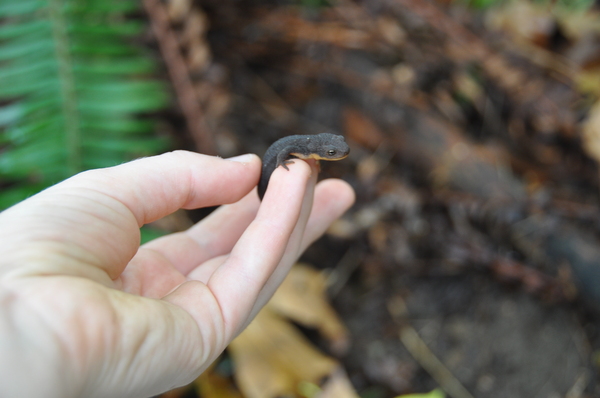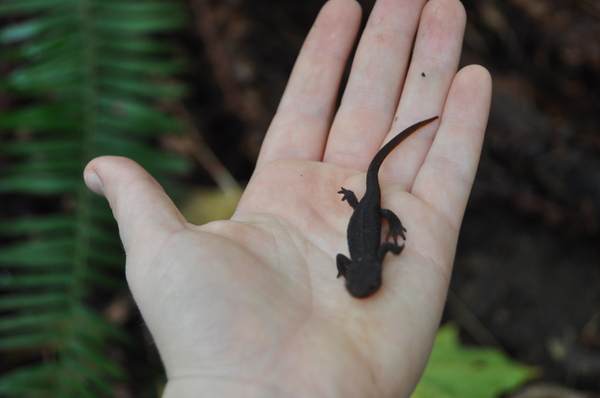Every so often, a Reed biology senior is lured into the Canyon for an ecology thesis. Perhaps it is the desire to discover some secret Reed knowledge, or the appealing shimmer of stickleback fish in a minnow trap. Perhaps it is the convenient location. For me, it is the need to know where the frogs, salamanders, and snakes make their homes, how they get along, and how they feel about the restoration efforts. Reed Biology showed me the fascination of herpetology, community and restoration ecology. And after being told by many seniors last year to “study something you like — you have to do it for a year!”, I knew the Canyon would make an excellent laboratory playground.
]]><
